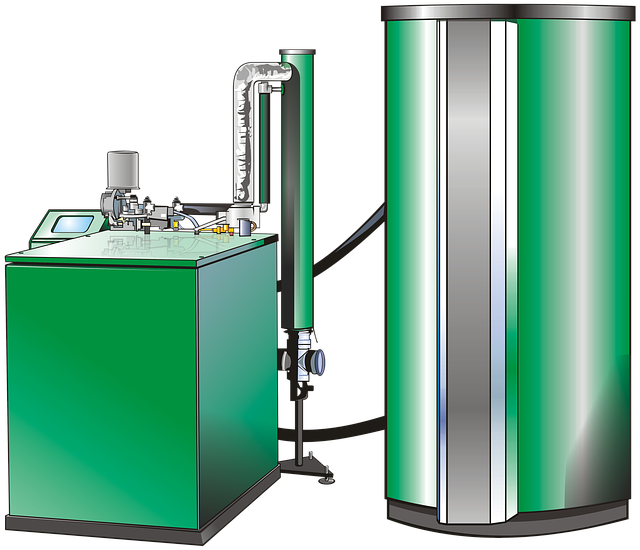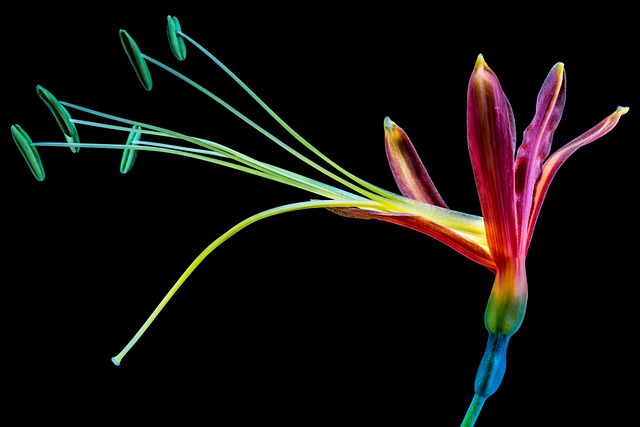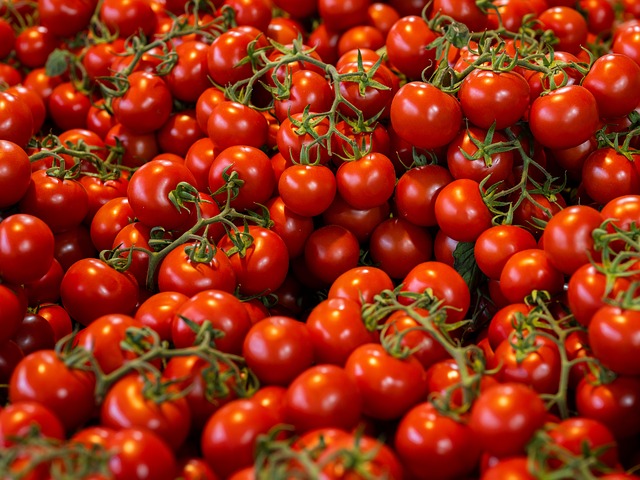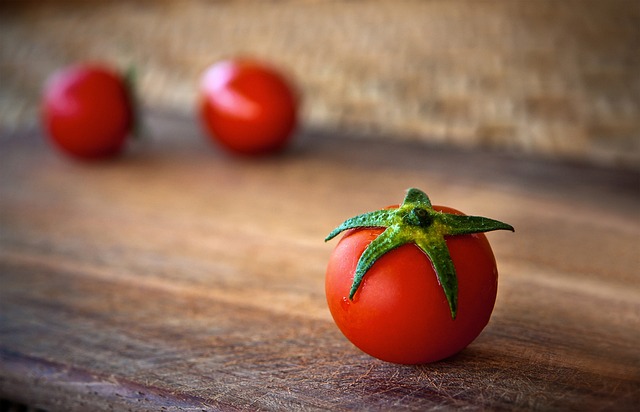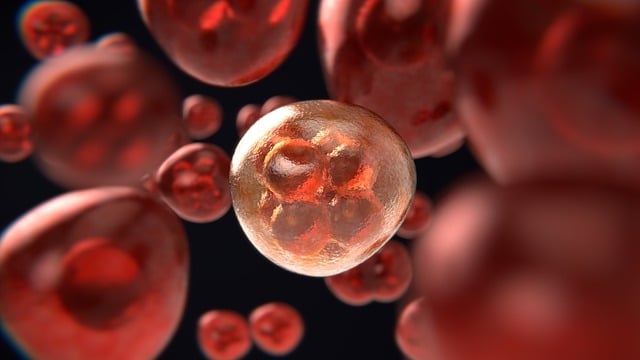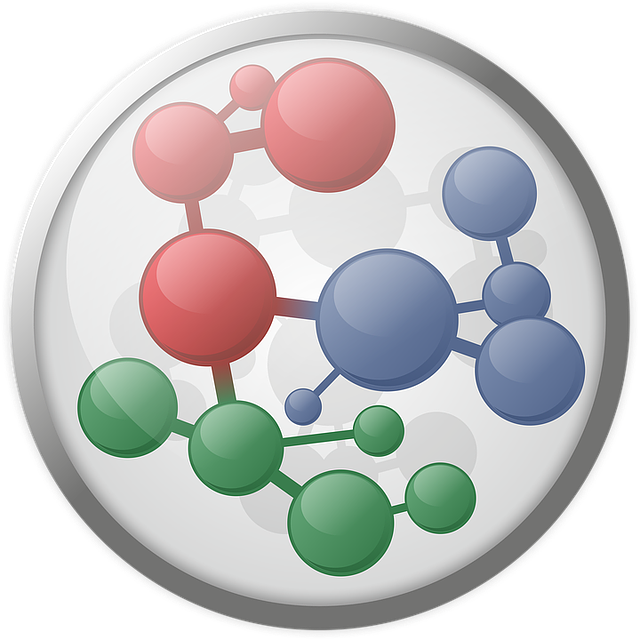Stem cell culture media is a dynamic and essential component in modern cell culture practices, providing a tailored environment for stem cell cultivation and manipulation. Key ingredients like FGF and TGF-β, along with optimized conditions (pH, oxygen, nutrients), direct cellular behavior and differentiation. Advanced tools like bioreactors refine media formulations to meet specific stem cell type requirements. Customized media, carefully crafted to mimic natural microenvironments, enhances outcomes for diverse stem cell types while adhering to ethical considerations. Rigorous Quality Control and Safety Measures ensure cell viability, purity, and functionality, reducing cultural drift risk and safeguarding against contamination.
Advanced cell culture techniques have revolutionized biomedicine, particularly with stem cells. This article explores critical components of understanding stem cell culture media, its essential formulations, and optimization strategies for enhanced growth. We delve into specialized applications, customizing media for diverse stem cell types, and emphasize quality control & safety measures in advanced practices. Unlocking the potential of stem cell culture media is key to pioneering treatments and fostering scientific breakthroughs.
- Understanding Stem Cell Culture Media: Essential Components and Formulations
- Optimizing Growth: Techniques for Enhancing Cell Viability and Expansion
- Specialized Applications: Customizing Media for Different Stem Cell Types
- Quality Control and Safety Measures in Advanced Cell Culture Practices
Understanding Stem Cell Culture Media: Essential Components and Formulations

Stem cell culture media is a crucial component in advanced cell culture techniques, providing essential nutrients and growth factors that enable the proliferation and maintenance of these versatile cells. Understanding the composition and formulation of this specialized media is paramount in achieving successful stem cell cultivation. The media serves as the cellular environment, mimicking natural conditions to support various cellular processes, from self-renewal to differentiation.
Key considerations in stem cell culture media include the inclusion of chemically defined growth factors, which offer precise control over cellular responses. These factors, such as fibroblast growth factor (FGF) and transforming growth factor beta (TGF-β), play a vital role in maintaining stem cell pluripotency and promoting specific differentiation pathways. Additionally, optimal conditions for stem cell differentiation, including the appropriate pH, oxygen tension, and nutrient availability, must be reflected in the media formulation to direct cellular fate and encourage desired outcomes in research and therapeutic applications. Media optimization, often facilitated by employing a stem cell bioreactor, further refines these conditions, enabling researchers to tailor the environment to specific cell types and experimental needs.
Optimizing Growth: Techniques for Enhancing Cell Viability and Expansion

Optimizing growth is a key aspect of advanced cell culture techniques, particularly in stem cell culture. Techniques for enhancing cell viability and expansion involve a multifaceted approach. The choice of suitable stem cell culture media plays a pivotal role in achieving efficient proliferation and maintenance of these versatile cells. Media formulations designed for specific types of stem cells, such as mesenchymal stem cells, include defined components that support optimal growth conditions. These components ensure the availability of essential nutrients, growth factors, and signaling molecules necessary for efficient harvest and prolonged in vitro survival.
Additionally, advancements in media technologies have led to formulations tailored for different stages of cell culture, from initial seeding to long-term maintenance. By carefully selecting media with precisely defined concentrations of essential components, researchers can create an environment that promotes robust and healthy cell growth, ultimately facilitating larger-scale production and applications in regenerative medicine and research.
Specialized Applications: Customizing Media for Different Stem Cell Types

In advanced stem cell culture, customizing media to suit specific stem cell types is a specialized application that significantly enhances research outcomes. Different stem cells, like hematopoietic stem cells, have distinct nutritional and environmental requirements. Therefore, creating tailored stem cell culture media becomes crucial for their successful maintenance and differentiation. This involves carefully selecting components such as growth factors, cytokines, and supplements to mimic the natural microenvironment of each cell type.
The stem cell research ethical considerations in media selection are also vital. Researchers must ensure that the media formulations used do not introduce contaminants or alter the cellular characteristics under study. Customized stem cell maintenance media formulations, designed with these factors in mind, enable long-term expansion and stability of stem cells while preserving their ability to differentiate into desired cell types.
Quality Control and Safety Measures in Advanced Cell Culture Practices
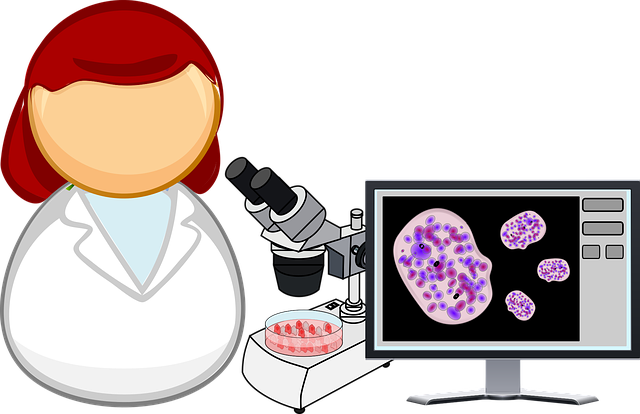
In advanced cell culture practices, Quality Control (QC) and Safety Measures are paramount to ensure the viability, purity, and functionality of cells. Rigorous QC protocols involve regular monitoring of cell growth, morphology, and gene expression to maintain consistent cell lines. This includes meticulous tracking of stem cell culture media components, as even subtle variations can impact cellular behavior and differentiation potential. The selection of specialized stem cell media blends, tailored to specific cell types, is crucial for optimal growth and reduces the risk of contamination or cultural drift.
Beyond media formulations for stem cell banking, which are designed for long-term preservation, ethical considerations in media selection are also vital. Researchers must balance the need for serum-free, defined media to minimize lot-to-lot variability with the requirements for specific growth factors and supplements necessary for cellular homeostasis. Implementation of robust safety protocols, including biological safety levels (BSL) and regular environmental monitoring, further safeguards against contamination by pathogens or unwanted cellular transformations.
Advanced cell culture techniques, particularly focusing on stem cell culture media, have revolutionized biological research and therapeutic development. By understanding the essential components and formulations of stem cell culture media, optimizing growth conditions, and adopting specialized applications, researchers can effectively customize media for diverse stem cell types. Implementing stringent quality control and safety measures ensures the reliability and consistency of cellular models, ultimately paving the way for innovative treatments and addressing unmet medical needs.







